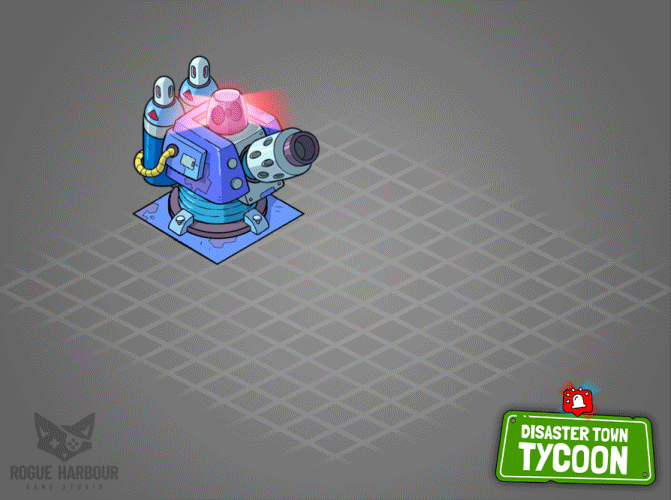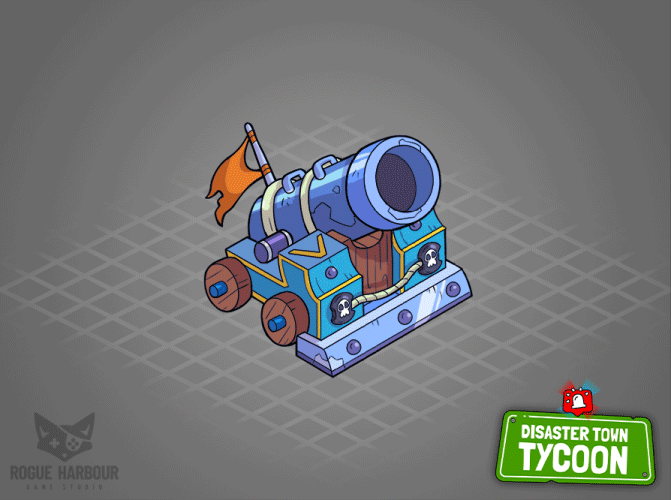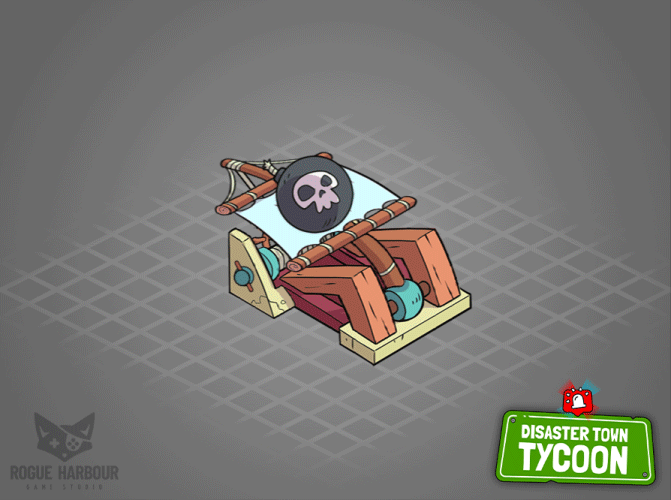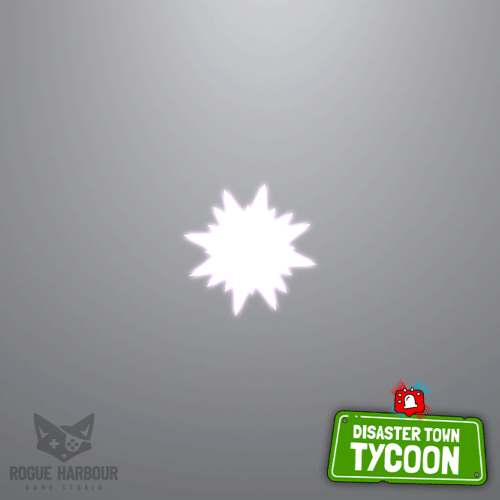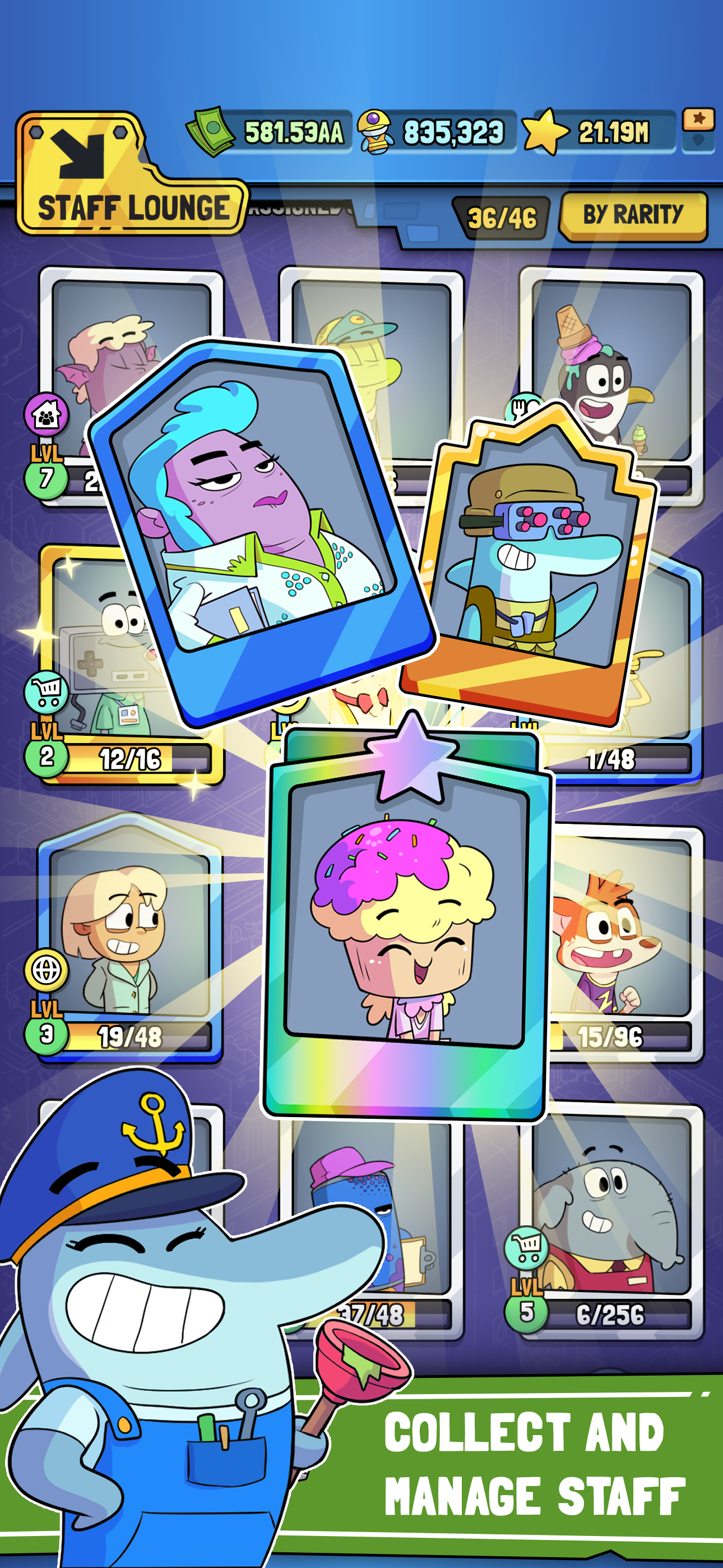Role
UI/Motion Designer, Animator and VFX Artist
Disaster Town Tycoon was a great opportunity for me, as there were many different areas to its development that I was involved in. I was primarily involved in the development on the fun, quirky UI design, but also implemented an animation pipeline for the many buildings and disasters found in the game. Additionally, there were various VFX systems that I created both within Unity as well as Spine.
In the galleries below, you'll find a collection of screenshots and videos that showcase the UI and motion designs that can be found in the game.
Special thanks to Felipe de Almeida for his support and guidance on this project!
Primary Screens

Main Screen (Office)
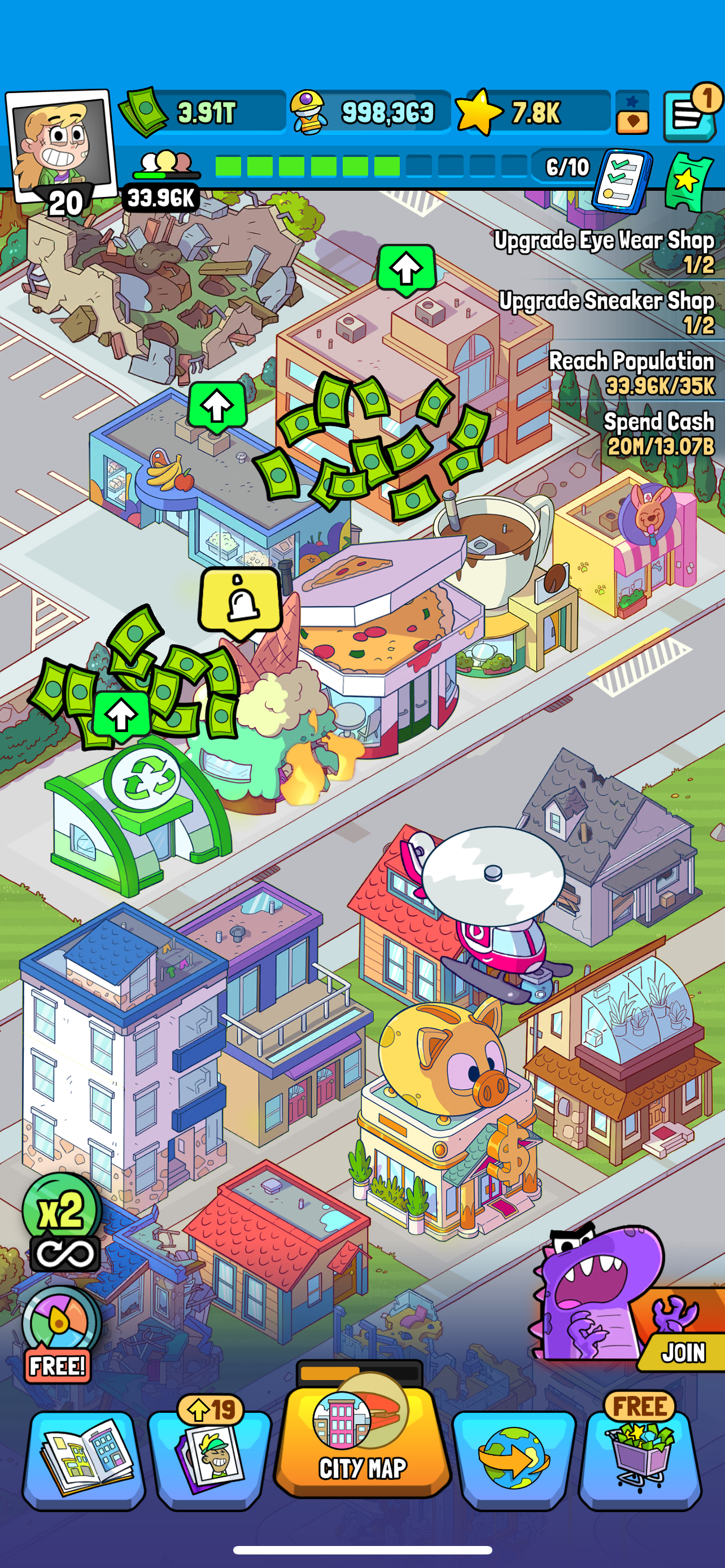
Main Screen (Map)

Staff Screen

Permits Screen

Event Map
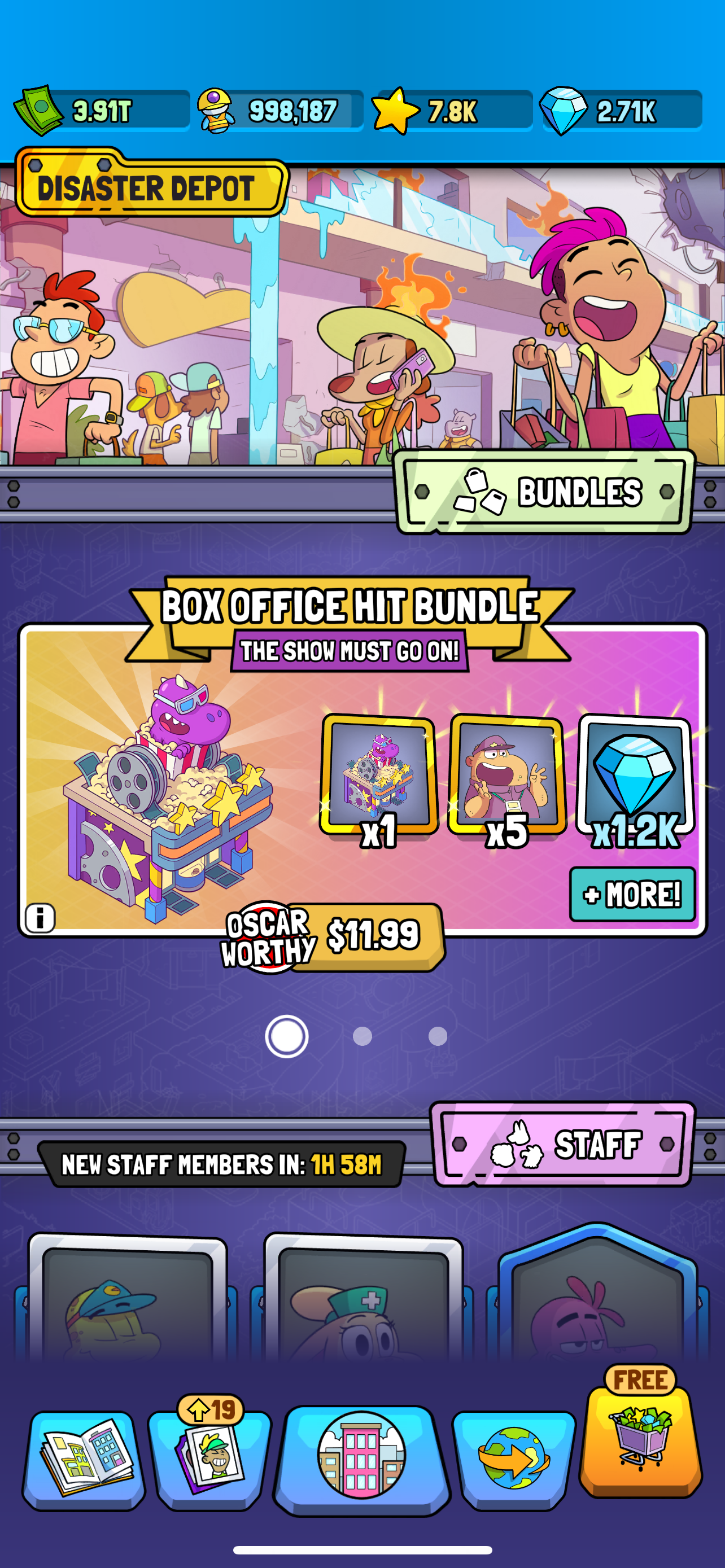
Shop
ADDITIONAL SCREENS
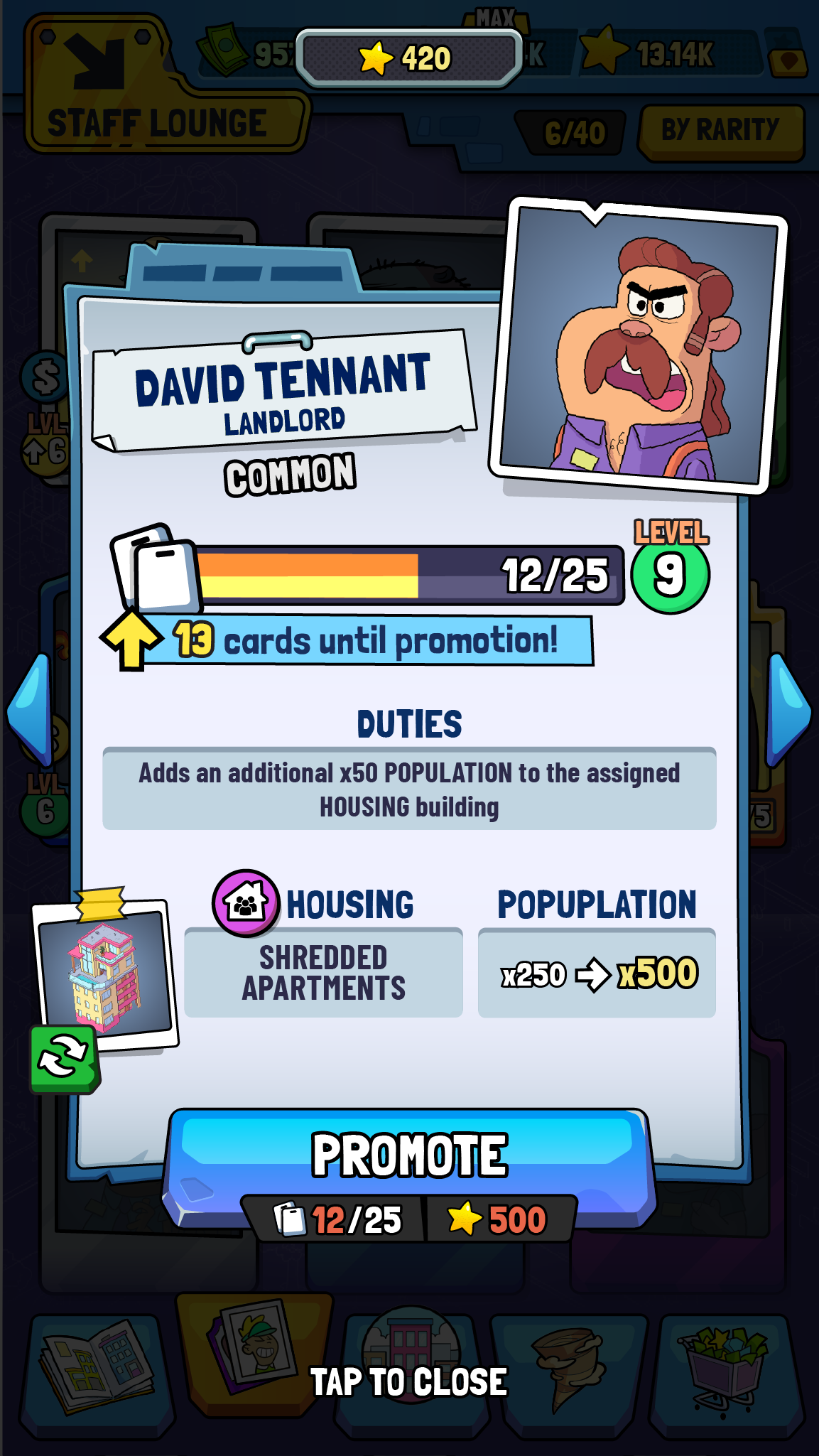
Staff Details Popup

Welcome Back Popup

Map View Quest Goals
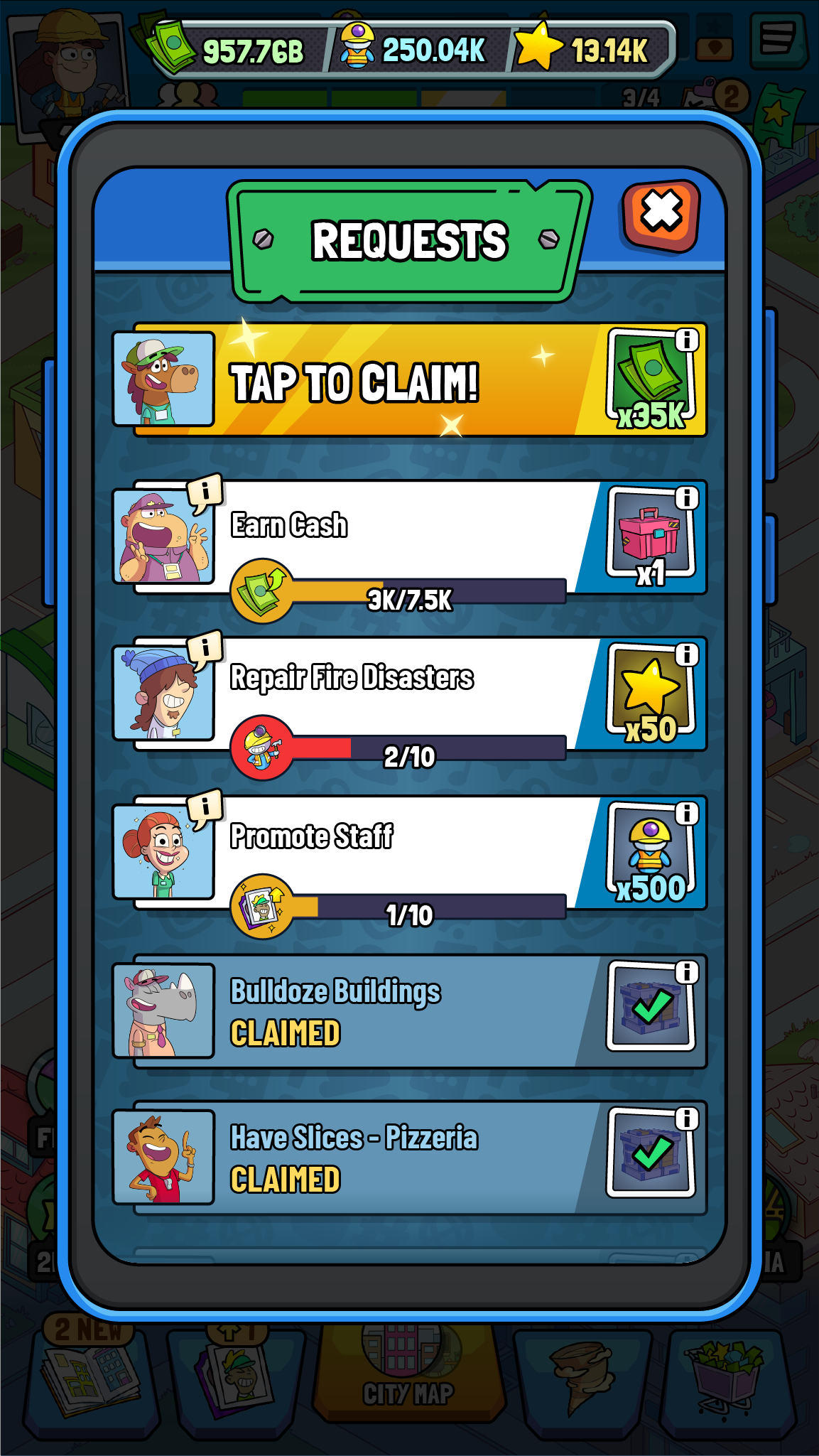
Goals Popup

LTE Join Popup

LTE PIR Popup

Building Selection

LTE Phase Announcement

Worker Assignment Popup


Spin Wheel Screen

LTE Leaderboards Screen
In addition to static mockups, there were many animated pre-vis assets that would later be recreated in Unity. These mockups were all made using After Effects and were used to help the team get a better visual idea of how the sequence would look to a player while they played the game.
I was also responsible for creating our disaster animation pipeline for this project, designing an easy-to-use system to take PSD files, assemble them with disaster effects in Spine and then import them for use in Unity. Every single building used in the game was assembled using this system.
Each building was designed to be sliced into 3 components (roof, left and right) and each of those components contained both a damaged and undamaged visual. This allowed us to fully assemble each building in Photoshop and have them be pre-rigged upon importing them into Spine, saving a great deal of time.
Examples of buildings both damaged and undamaged.
Examples of building slicing applied to various building sizes.
Once exported from Photoshop, the building pieces were imported to Spine. I created a debug project that contained all our premade disaster effects. Using this method, I was able to import buildings into the debug project, position and place the disasters for each building before finally exporting everything for use in Unity.






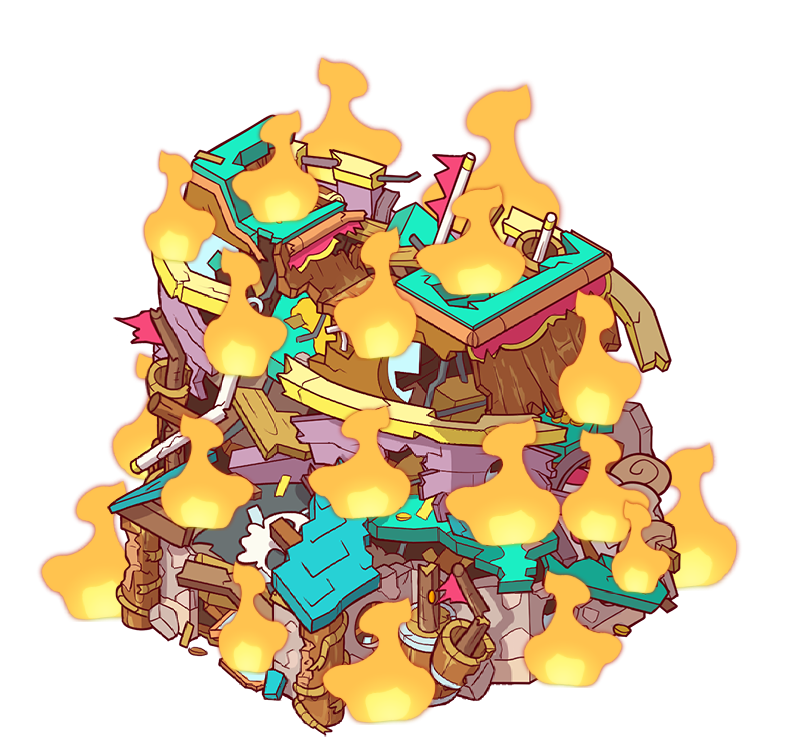


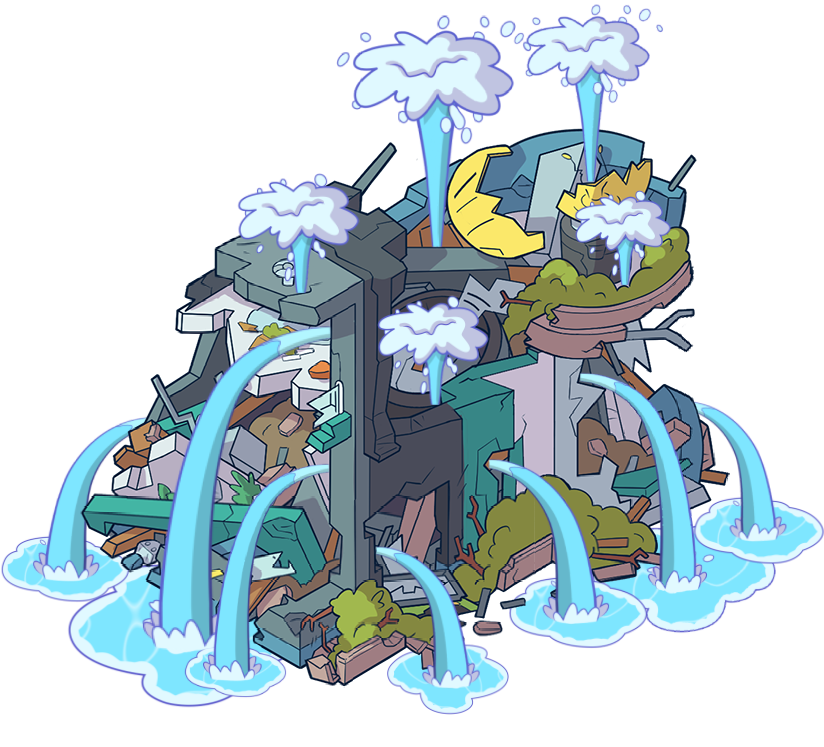
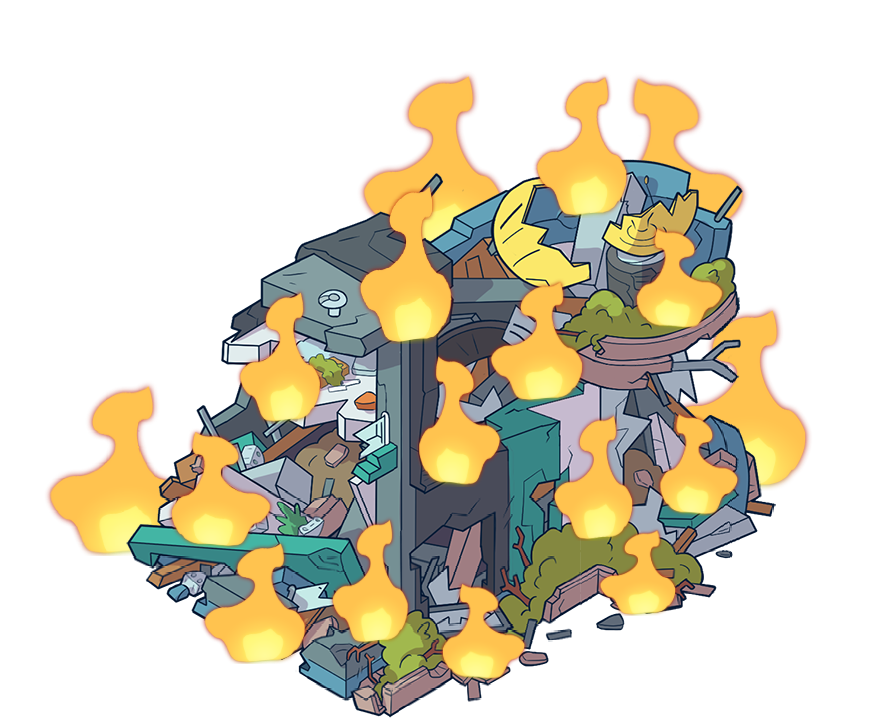

While the animation pipeline covered our buildings, there were also many additional game assets that required their own bespoke animation systems. The monsters featured in the limited-time events, as well as the defences we gave players to fight them off, were a great animation challenge!




